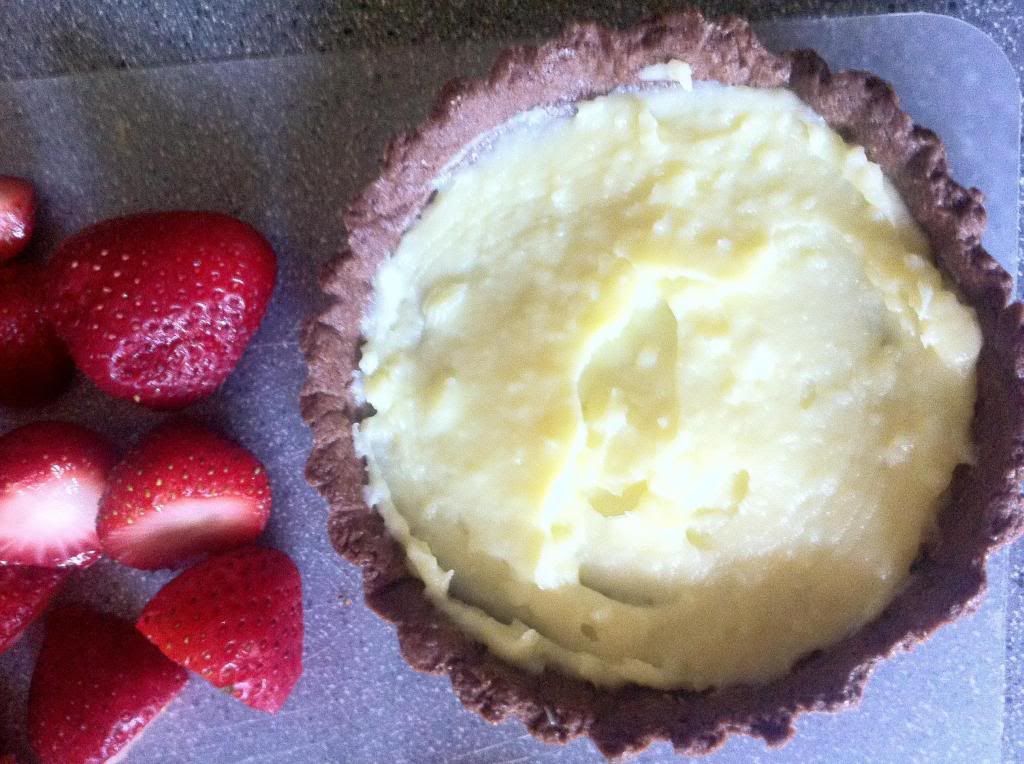
It’s pretty obvious what my experience with tart-making has been that when I was reading The Selection, I pictured the strawberry tart as a Strawberry Toaster Strudel. Not a Pop Tart though, because Pop Tarts are absolutely not fancy enough for young women wearing dresses (possibly gowns) all the time.
But when I looked in the Martha Stewart cookbook Alyssa gave me I saw pictures of tarts with crinkled circumferences or stretching sides. And I wanted to eat one of my own.
Such was my desire to eat one of these pastries that I bought mini tart pans (cuter and easier to store than the 11” pan I saw), pulled out my food processor, and read a slew of recipes for our Selection Recipe Challenge.
I went to my garden to pick some strawberries too, but this was about a month ago, and my berries weren't quite ripe yet. (Though they were still pretty!)
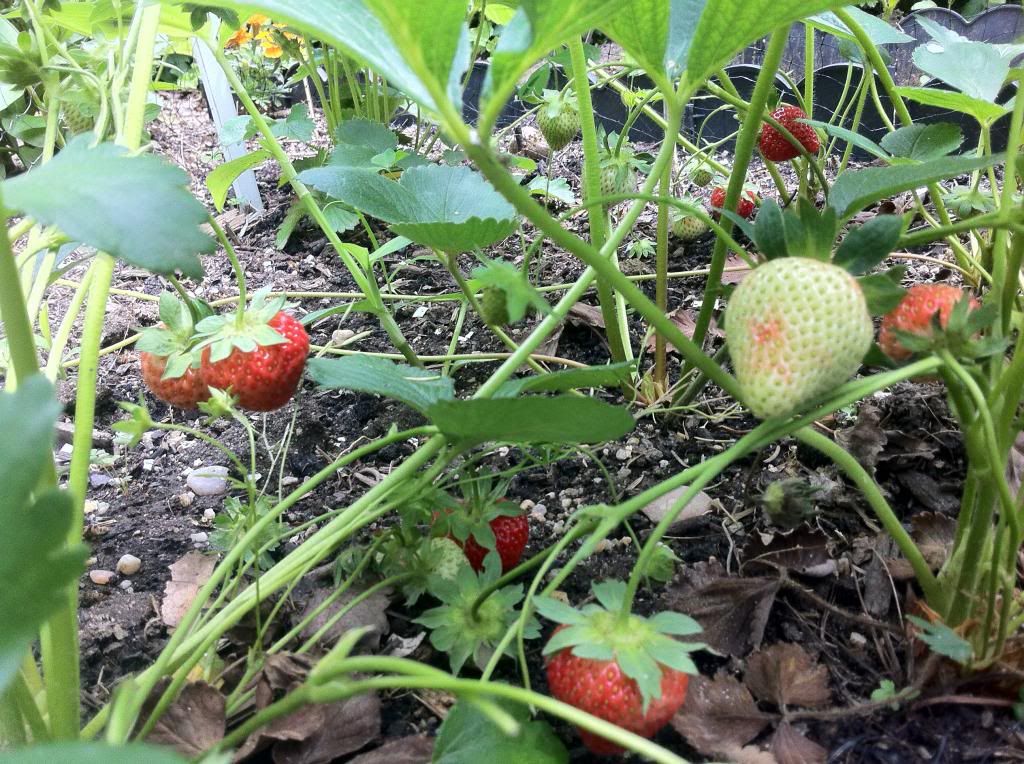
Chocolate Pâte Sucrée
Adapted from Martha Stewart, The New Classics1/2 cup whole wheat pastry flourPulse the dry ingredients in a food processor until they are combined.
3/4 cup all-purpose flour
2 Tbsp. cocoa powder
1/3 cup sugar
1/2 tsp. salt
6 Tbsp. unsalted butter, refrigerated
3 large egg yolks
1/2 tsp. vanilla extract
Cut the butter into thin slices (mine were roughly 1/8” or 3mm), add the pieces to the food processor, and pulse about 10 seconds. At this point Martha claims that the mixture will look like “coarse meal.” I’ve stared at my photos of this step, and while I can mostly see that description of the consistency, there’s only a subtle difference in the appearance of the mixture before and after adding the butter. The important thing is to make sure that the butter is fully incorporated into the mixture—no clumps or slices should be visible.
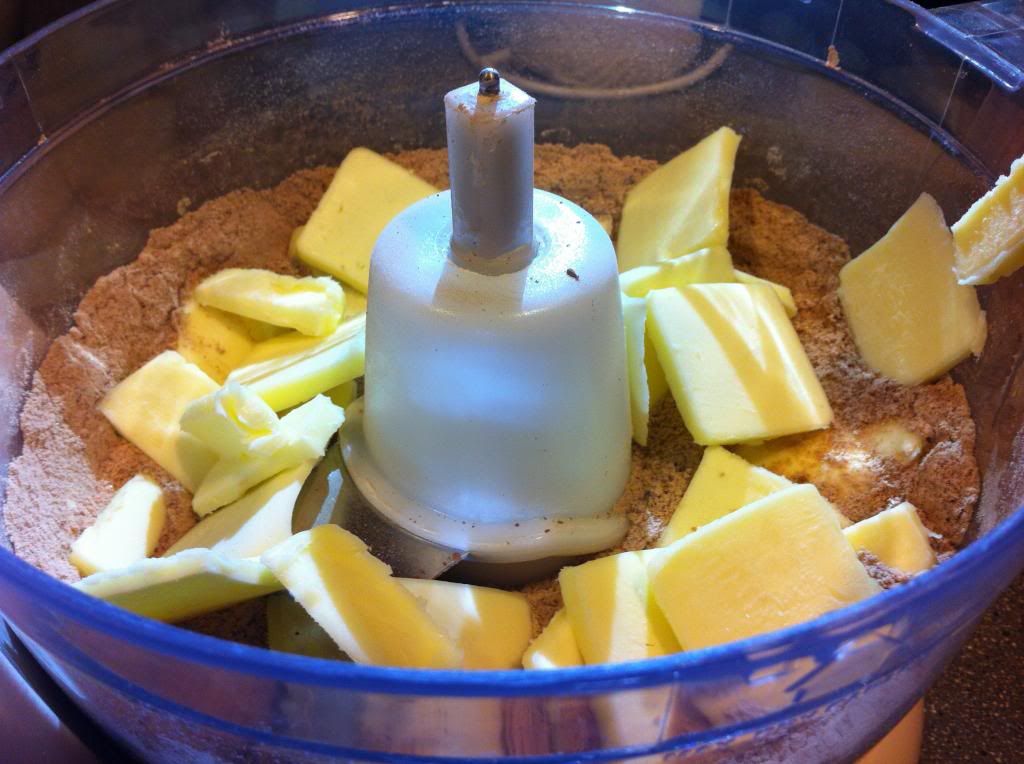
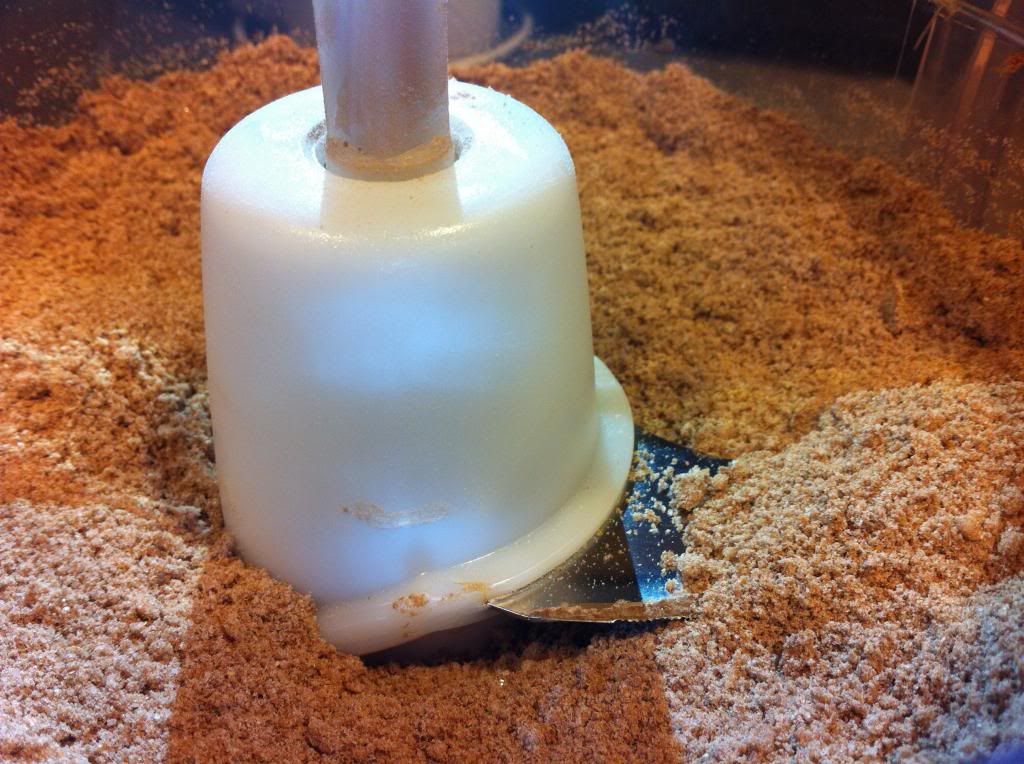
Separate your eggs, and add the yolks and vanilla to the bowl of the food processor. To separate eggs, it’s easy to break the shell cleanly, and then let the white drip into a separate bowl. I will also pass the yolk between the shell halves to isolate it from the remaining white. Egg whites are useful in many other recipes, like meringues or scrambled eggs, so be sure to save yours for another recipe.
Process (don’t just pulse) the new mixture until it looks a bit like brown sugar. Moist, but not too packed. This took 30 seconds for me, though it could happen sooner; keep vigilant for appearance changes. To check that your mixture has become dough, pinch together a small bit to see if it will press together and hold. If it does, your dough is ready.
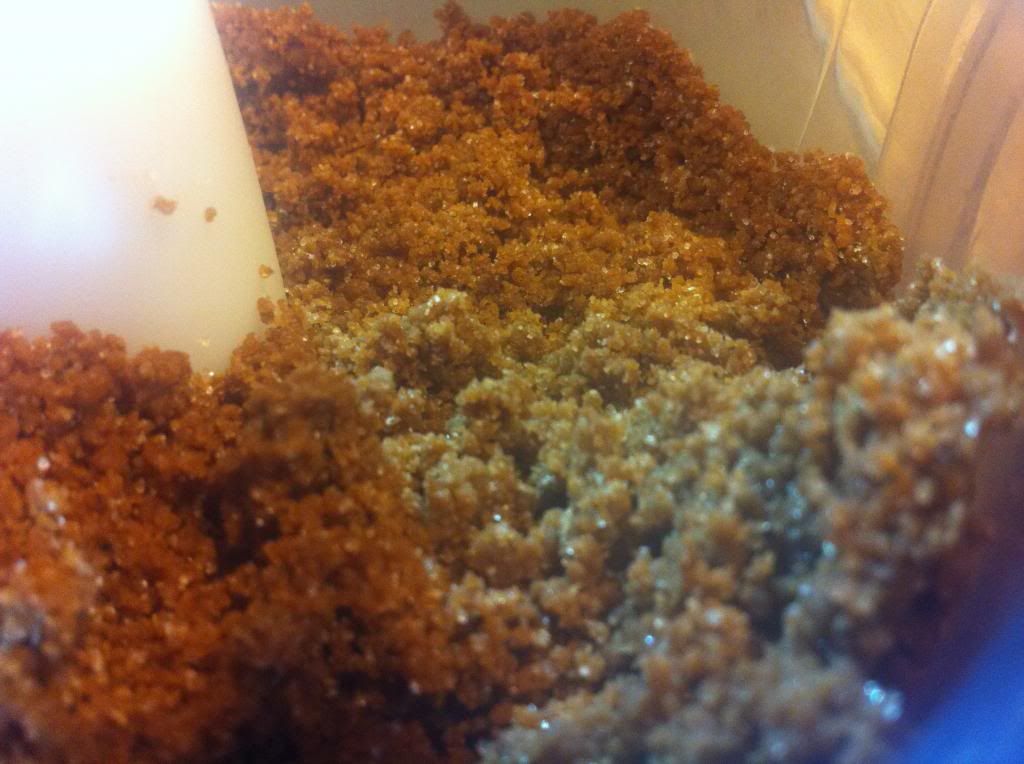
Remove the dough from the food processor, and form it into a disc or ball. Wrap it in plastic wrap, and refrigerate for at least half an hour. At least that’s what Martha says to do. I say, refrigerate it overnight because I had a nightmare trying to make my second batch after only half an hour of refrigeration. (Alyssa can vouch for my misery; she was stuck listening to whining during a phone conversation.)
Your dough is ready when it’s rock-hard and impossible to roll. With clean hands, crack a handful of brittle dough off the disc, and squeeze it together for a bit to warm it up and make it rollable.
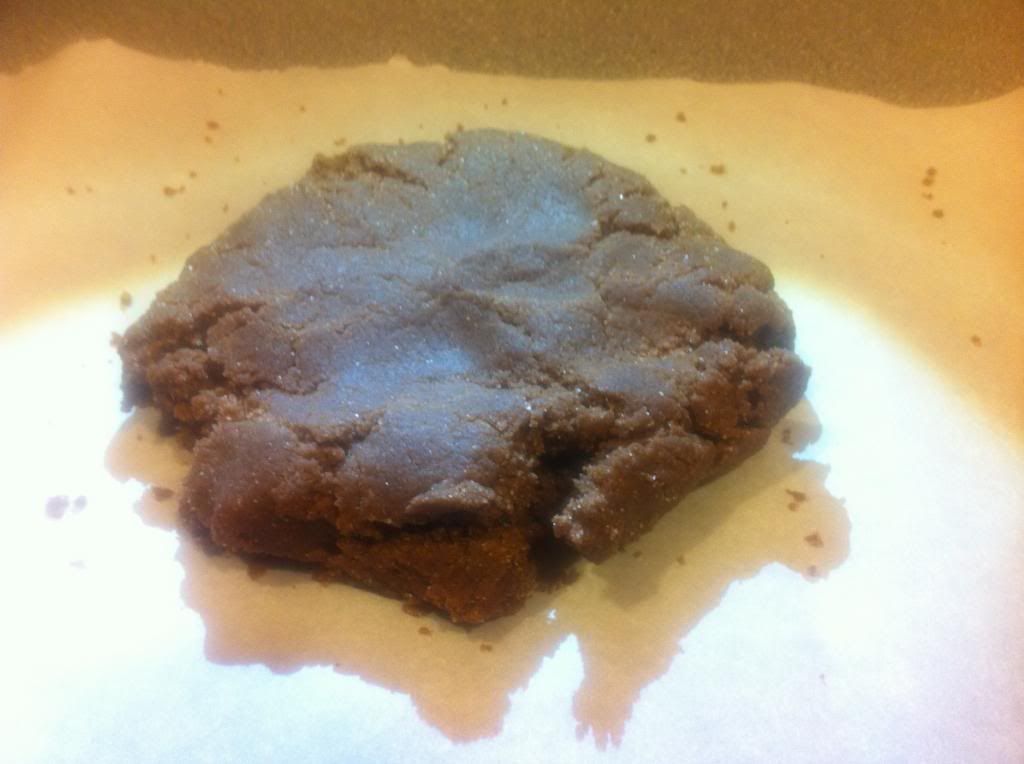
Although piecrusts are infinitely more irritating to roll than cookies, mini tart crusts are the happy medium of pastry rolling. Because they are not too large, it’s pretty easy to roll them evenly and transfer them to the pans without breaking apart.
The general help I can give you for rolling any of these treats is to anchor a sheet of parchment paper on your counter, and keep a small bowl of all-purpose flour at your side for dusting the paper and rolling pin. For cookies, I like to tape the paper to the counter, but for bigger pastries you can just pile things around you on the corners. That way, when you have a circle rolled out, you can lift the whole paper to transfer it into the pan.
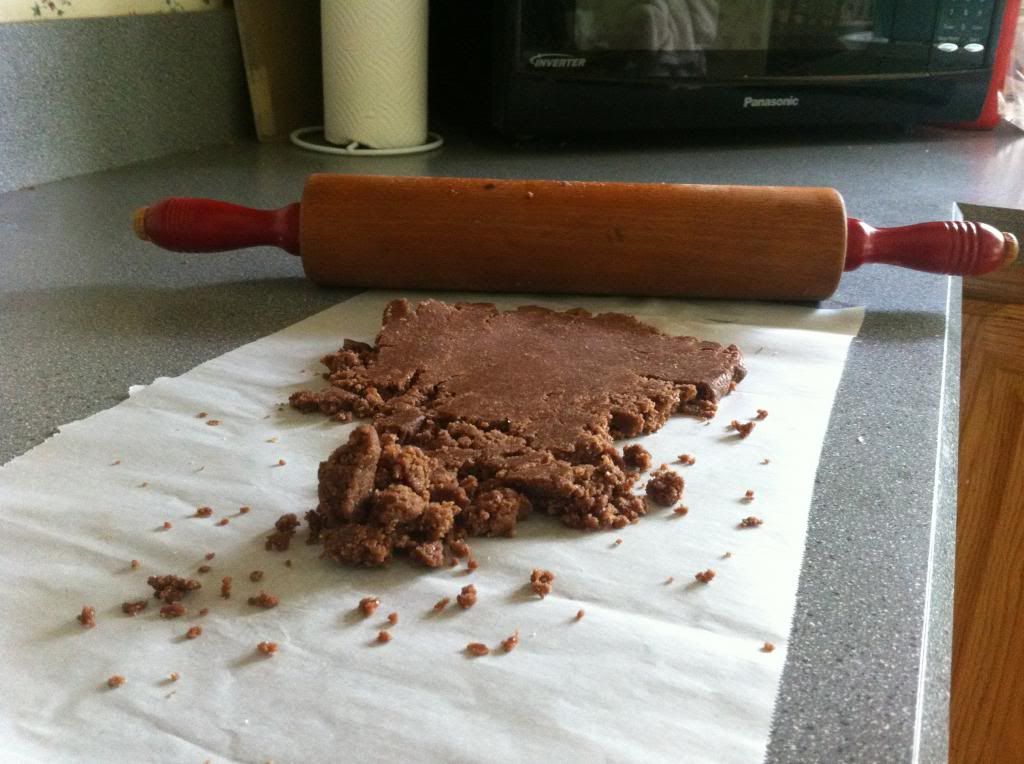
My portion sizes tend to be small, so I rolled my crusts thinly enough that I got seven out of this recipe. If you make them a little thicker than I did, you’ll get six, and not have to stagger the baking.
Summary on the rolling: Preheat the oven to 350
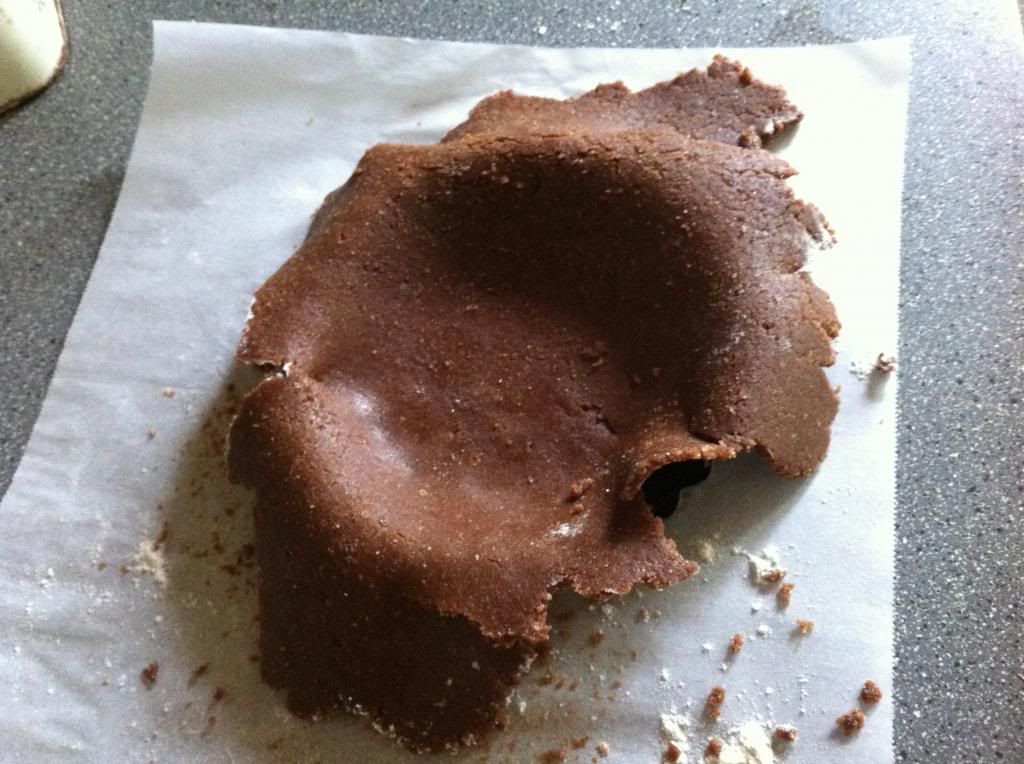
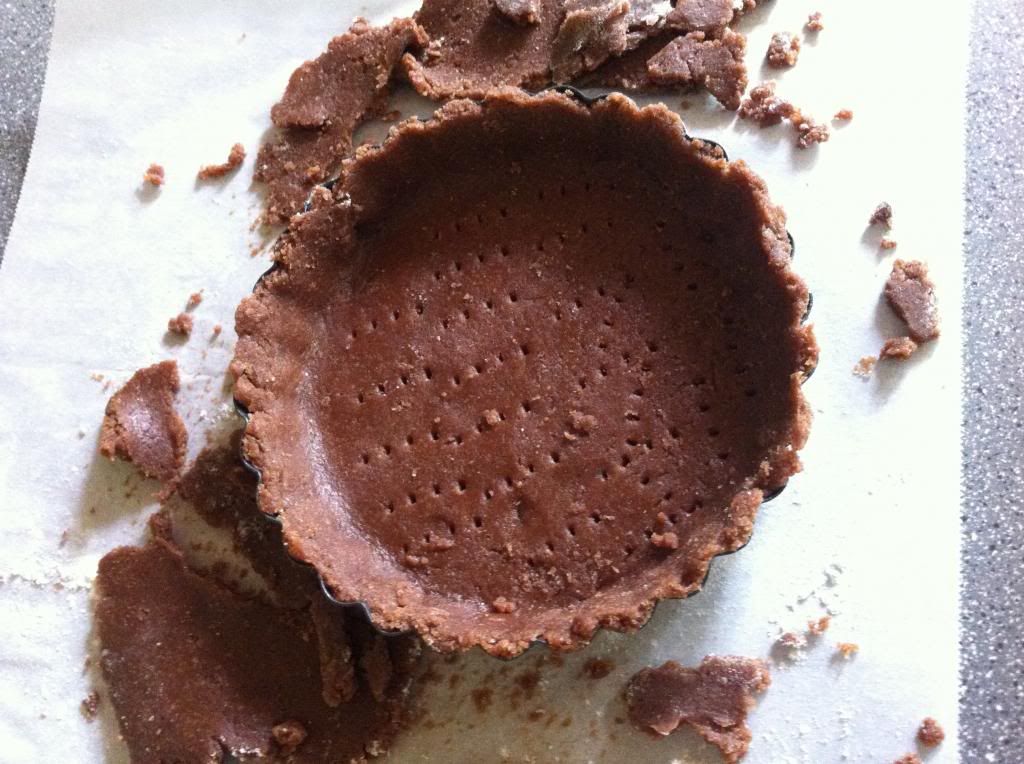
Note: I didn’t have many beans lying around, so I did all my crusts in cycles of two, reusing my foil and beans as I went. I was also trying to determine if the 30 minutes recommended refrigeration time before baking was helpful. (It wasn’t; there was no difference between my first crusts and last crusts.)
Pastry Cream
I used Deb Pearlman’s recipe for pastry cream, which she has posted on Smitten Kitchen. If you haven’t ever read Smitten Kitchen, you’re missing out on a world of deliciousness, both in baking and cooking. Deb is one of the most respected cooking authorities in my kitchen, having posted recipes for zucchini bread pancakes and deconstructed carrot hummus soup (both are now favorites at my house).The only change I made in Deb’s recipe was substituting for whole milk, which I didn’t have in my kitchen. For the milk, I used 2/3 cup + 3 Tbsp. 1% milk, and 1/3 cup + 1 Tbsp. half and half. It’s always tempting to change proportions so there is less cream and more milk, but fat is what holds the shape of the pastry cream. If you cut fat, you are likely to have a pile of sweetened milk seeping through your tart crusts.
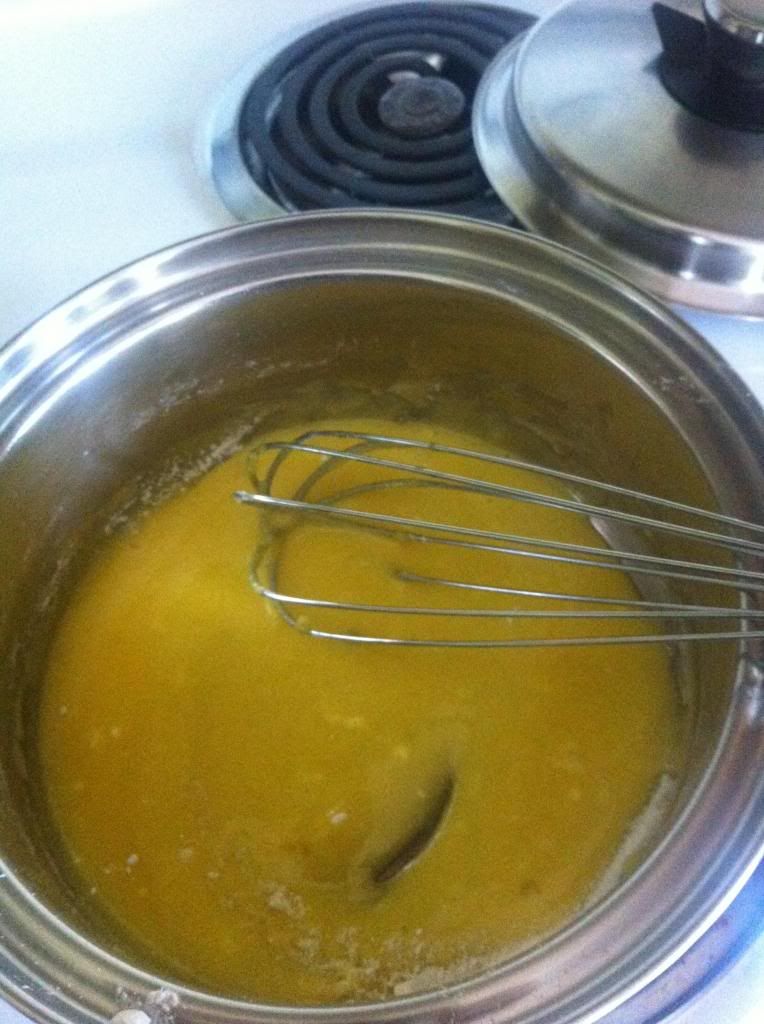

Completing The Tart
Use a small rubber spatula to spread pastry cream in the cooked and cooled tart crusts. Cut strawberries and arrange them on top of the cream. All my pictures show massive slabs of fruit, but when I made tarts as a birthday present a week later, I cut thin sheets of strawberries, and layered them in a slightly ascending spiral.You can naturally substitute your favorite fruit for the strawberries. America Singer’s sister won’t cry anyway. (Brat! j/k)
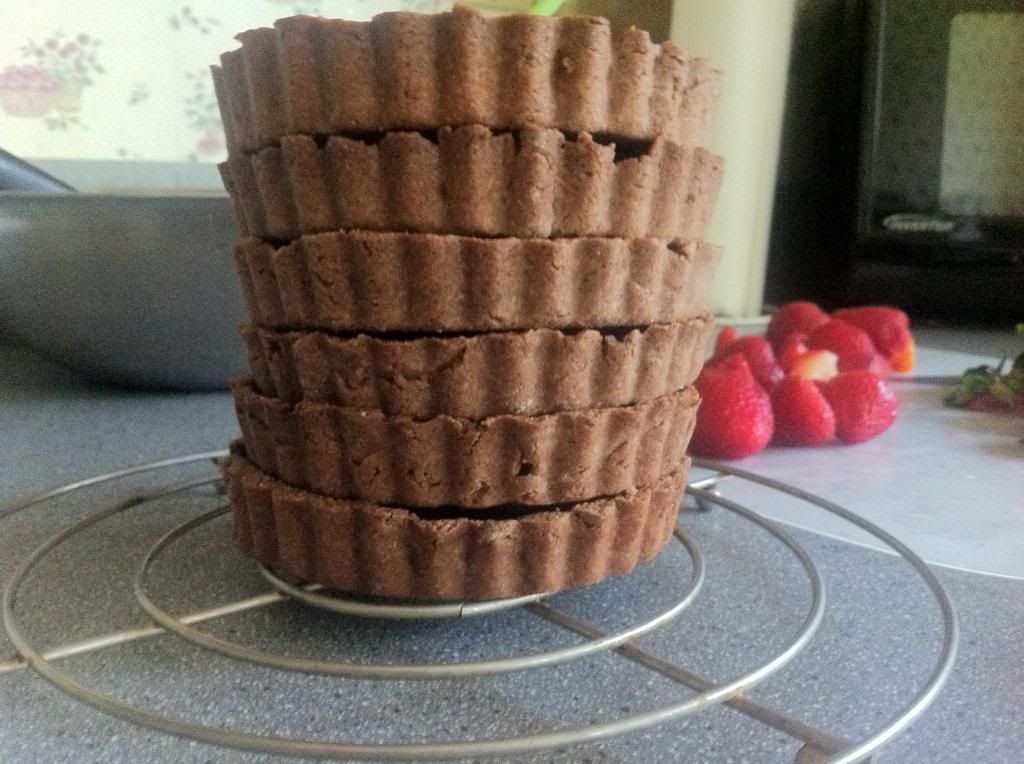
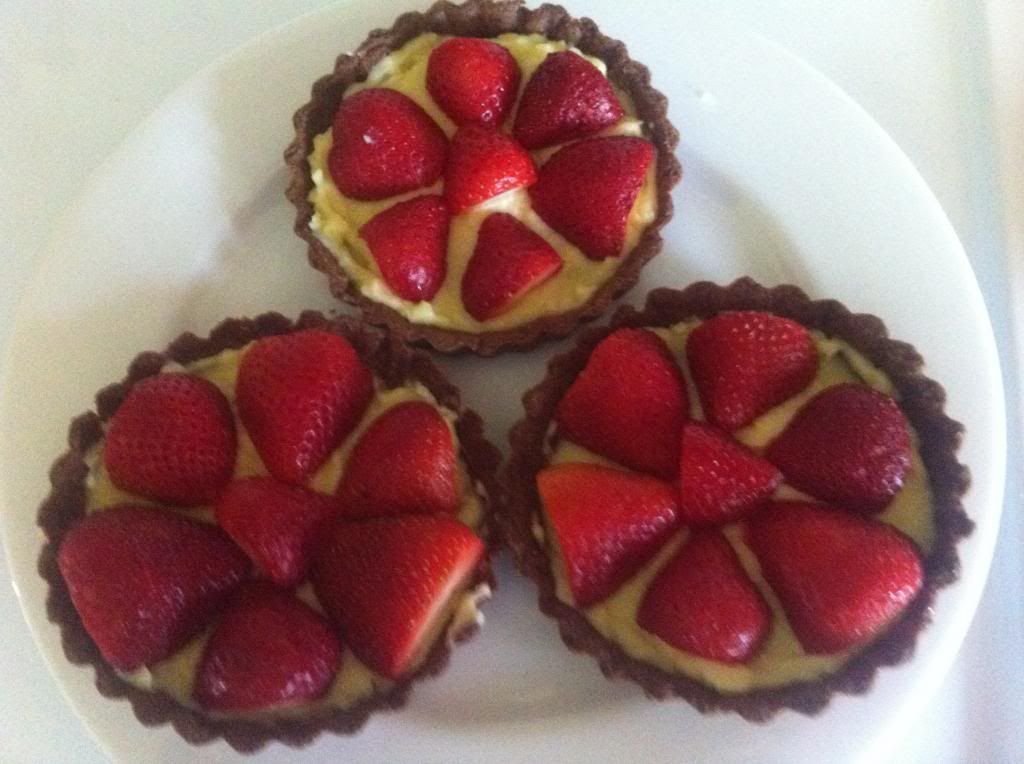
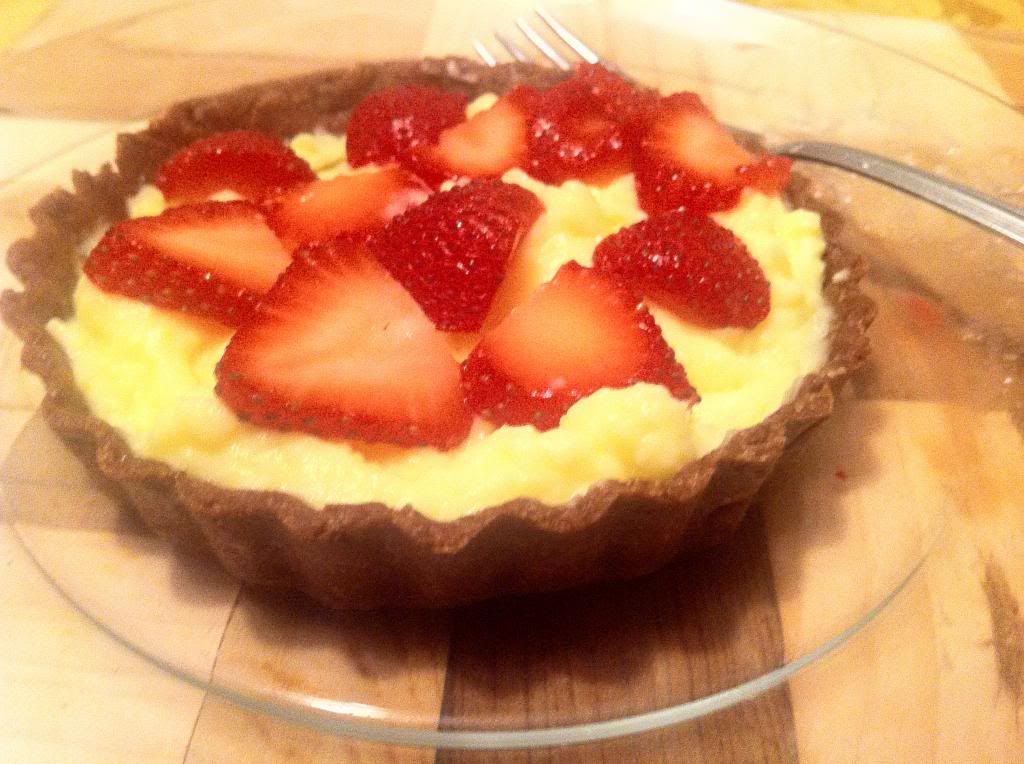







1 comment:
YAY AT LAST!!!!!!!! :D :D :D Thank you!
Post a Comment